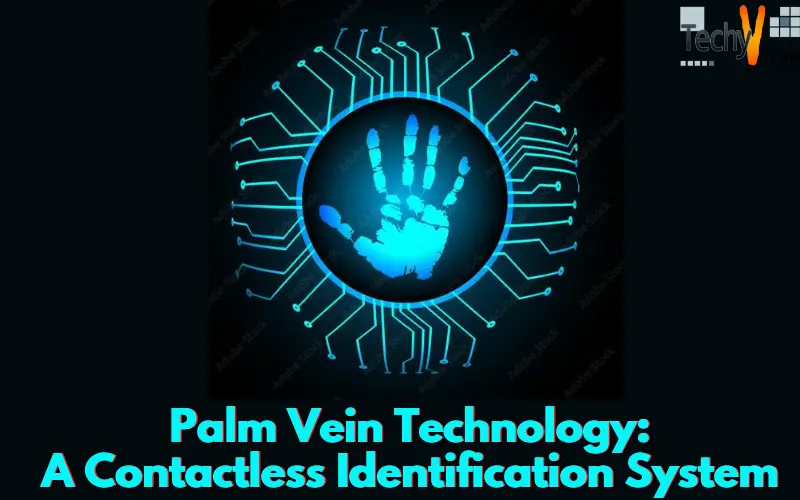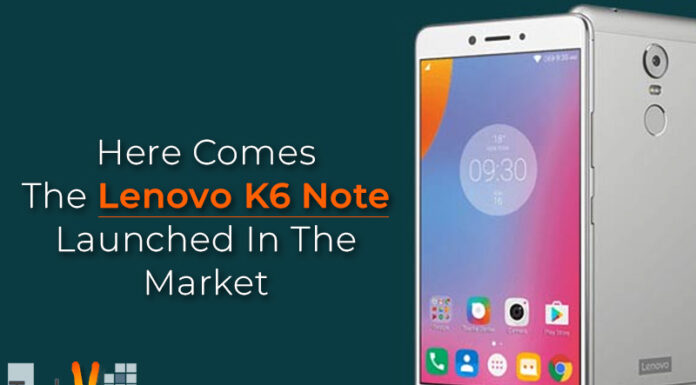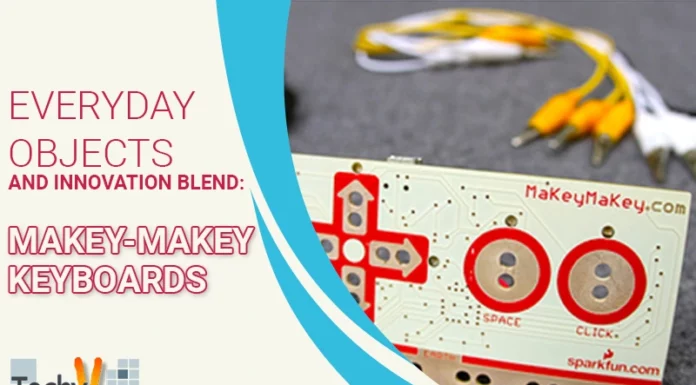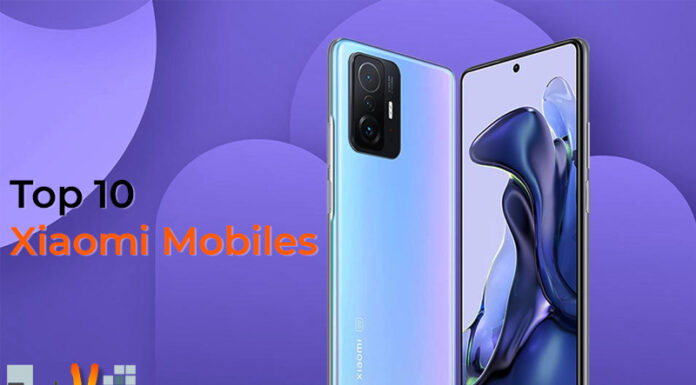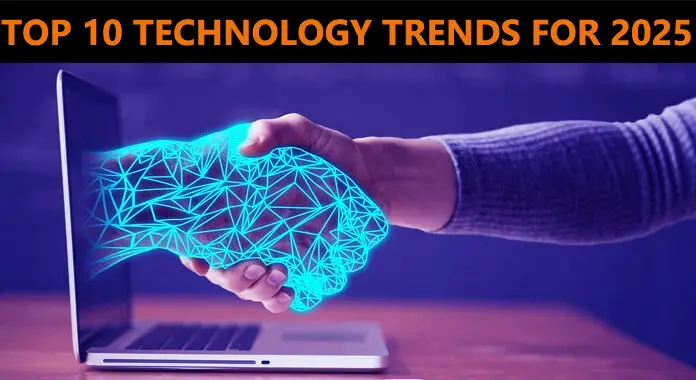It is paramount to control who can access what data in any organization. Today we are using some different techniques to prove one’s identification and access the information say, passwords, ID cards, etc. But these methods are not really flexible and secure. The passwords can be cracked; IDs can be stolen or lost. Biometrics is a solution to this problem, it doesn’t require the user to carry a card or memorize a password, but they can prove their identity with their unique biological characteristics. This technology includes Fingerprint, Face Recognition, Iris scanning, etc. Which technology to use? It depends on the domain of use.
Palm vein is a biometric authentication technology developed by Fujitsu. It is the first contactless authentication technology that precisely authenticates an individual by scanning the vein pattern of the user.
This technology uses the image processing and pattern recognition techniques.
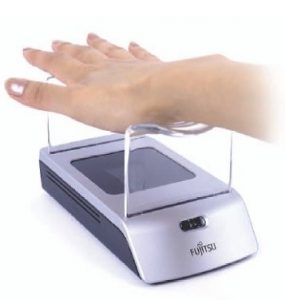
CHARACTERISTICS:
- The reasons why Fujitsu chose palm veins for identification are:
- Palm has more wide area and more complicated vascular pattern.
- The palm vein pattern of humans same as the fingerprint is unique for every individual and remains same throughout the life.
- The pattern of a right palm is different from a left palm.
- No obstacles like hair on the palm so that the pattern is obtained accurately.
- Palm vein technology is highly secure as it uses the vein pattern as the source of identification. The veins are present inside the body, and no person can falsify other than the authorized user.
- One may misuse this chance by placing the palm of an authentic dead person but, this technique only grants the permission when the blood is flowing through the circulatory system.
PRINCIPLE:
The deoxidized hemoglobin in the blood is capable of absorbing the near infrared light (about 760nm), and this makes the veins to appear in the black pattern. This pattern is captured and registered. For authentication, the captured image is verified with the preregistered pattern in the database. Only veins are used because the blood that flows through arteries and capillaries is oxygenated and the absorbency rate of near infrared light is less compared to the deoxygenated hemoglobin.
There are also obvious reasons for using near infrared light say: its cost is low compared to others, it is harmless and also invisible. The heat absorbed is less than that we absorb from the sun, etc.
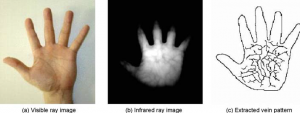
There are two imaging methods used for veins:
- Reflection method
- Transmission method
Sometimes when the body gets cool, the blood vessels contract and flow of blood decrease. It results in a saturated hand. In the transmission method, the pattern is photographed with the light that passes through the hand. Therefore, when the body is cooled the result is a low-contrasted image in the transmission method. Whereas, the reflection method illuminates the light and photographs the light reflected back from the palm. The vessels can be seen as transmittance will not affect the reflected light.
In the reflection method, the light is reflected back, and the pattern is photographed from this light hence both illumination and photography components are placed at the same position. In transmission method the two components must be arranged in different positions.
Advantages:
- No more memorizing the passwords and carrying the ID cards.
- No problems as in other techniques say Iris scanning-cataract replacement, Fingerprint: injuries, etc.
- False acceptance rate is <0.00008 which means the probability that grants access to an unauthorized user.
- False rejection rate is nearly 0.01 which is the probability at which the system rejects the authorized user.
- Contactless hygiene: The contactless identification feature is an advantage that prevents the dirt or transmission of germs, etc. into our body.
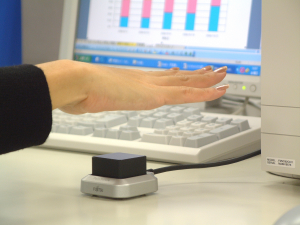
Where is it used?
The palm vein technology is an ultimate invention that is utilized in a number of areas:
- Door security system: To control entry and exit of a person into and out of a building or a room.
- Login authentication: The palm vein technology can integrate into the existing OS of the PC.
- Financial services
- Educational institutes etc.
The palm vein technology is already in use, and the next generation biometric system of the Fujitsu Laboratories uses both the fingerprints and the palm veins. One palm vein and three fingerprints are captured to prove that you are who you are (verifying the identity).



